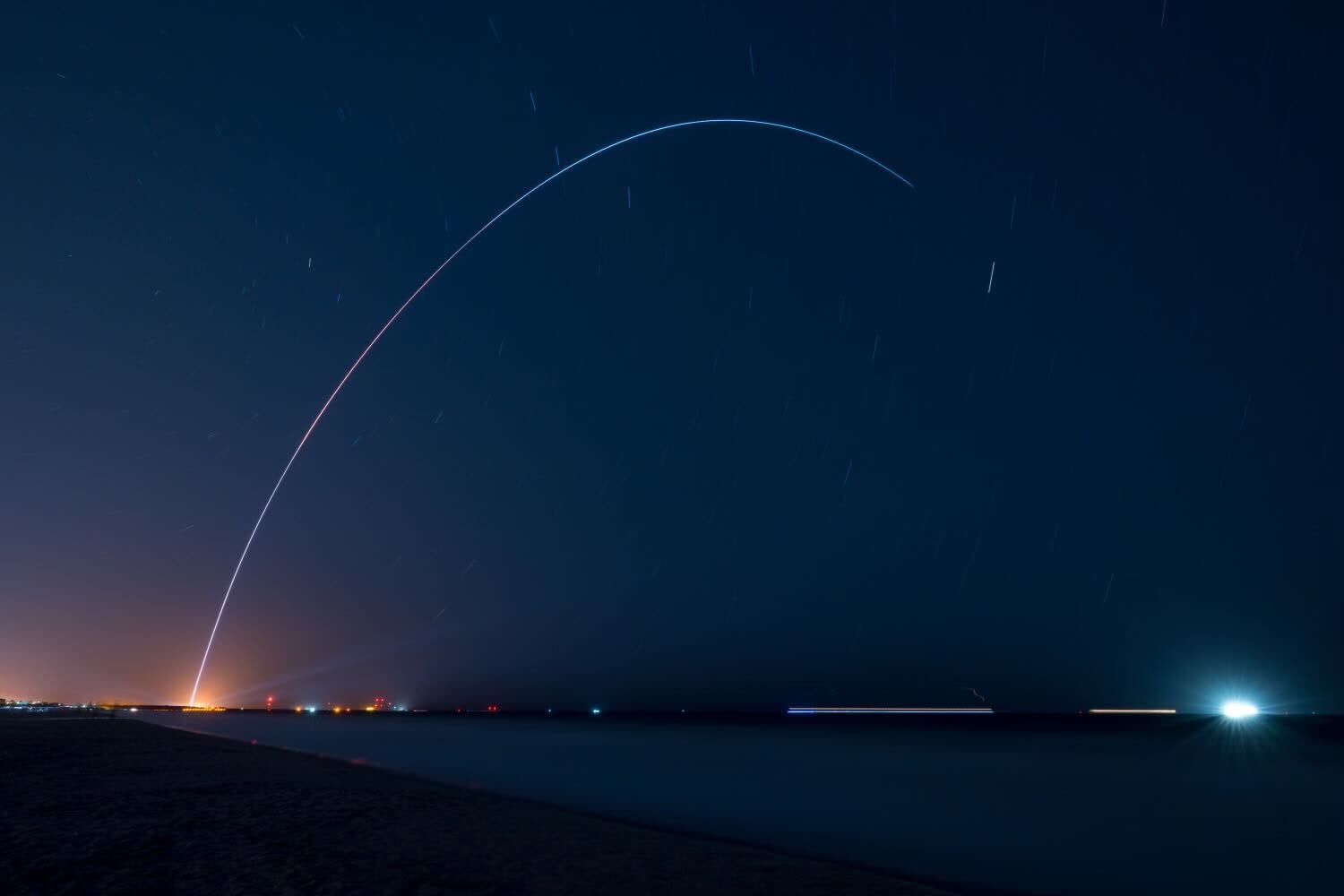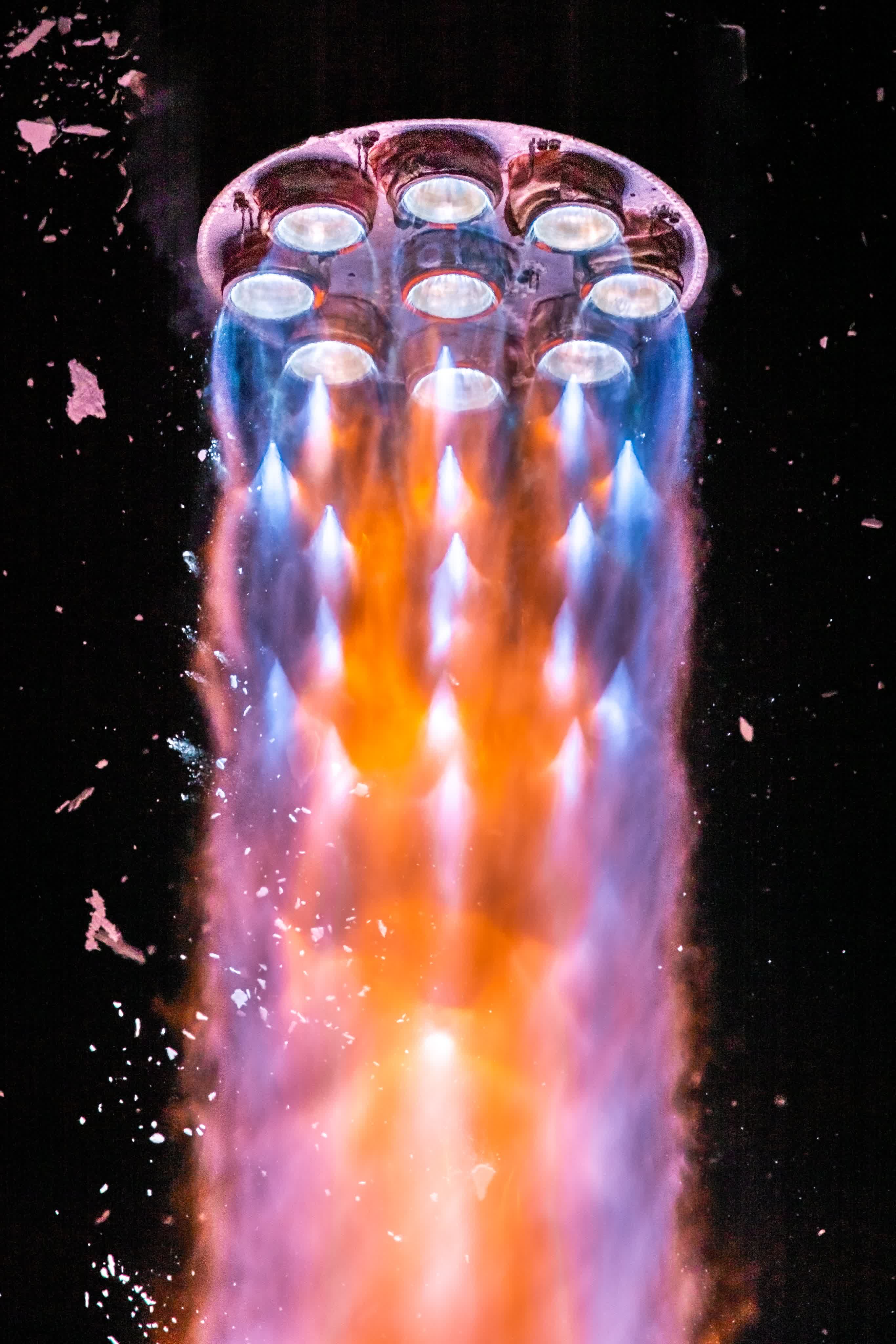What just happened? The maiden voyage of Relativity Space's Terran 1 rocket, the largest 3D printed object ever to attempt orbital flight, finally took place late Wednesday night following two scrubbed attempts. Unfortunately, the rocket failed to reach orbit.
The flight, nicknamed Good Luck, Have Fun (GLHF), lifted off from Launch Complex 16 in Cape Canaveral, Florida. Everything seemed to be going swimmingly at first. There were no issues on the launch pad and during liftoff. The rocket reached max Q, the point at which the rocket undergoes maximum mechanical stress, and also progressed through main engine cutoff and stage separation.
It quickly became apparent on the livestream, however, that something was wrong with the stage two engine, which seemed to be sputtering erratically instead of roaring to life. Shortly after, launch director Clay Walker announced an anomaly with the stage two engine. As a result, the rocket was unable to reach orbit.
Relativity said it will assess flight data and provide additional updates to the public over the coming days.
Terran 1 is a two-stage rocket with a maximum payload of around 2,755 pounds. Notably, there was no fairing on this maiden voyage (meaning no customer payload was being sent to space) although Relativity did bundle a small memento – the first ever circular test print from its Stargate 3D printer – along for the ride.
Despite the shortcoming, the launch is still viewed as an overall success. By hitting max q, Relativity Space proved that 3D rockets are structurally viable. It also provided the company with a wealth of real-world data that'll be useful for future launches.
Relativity has another rocket in the works as well. Terran R, an evolved version of Terran 1, will be fully reusable and entirely 3D printed with the capability to handle payloads of more than 44,000 pounds. According to Relativity's website, Terran R is on track to launch starting in 2024 although that timeline may change given the recent scrubbed launches and failing to reach orbit.

